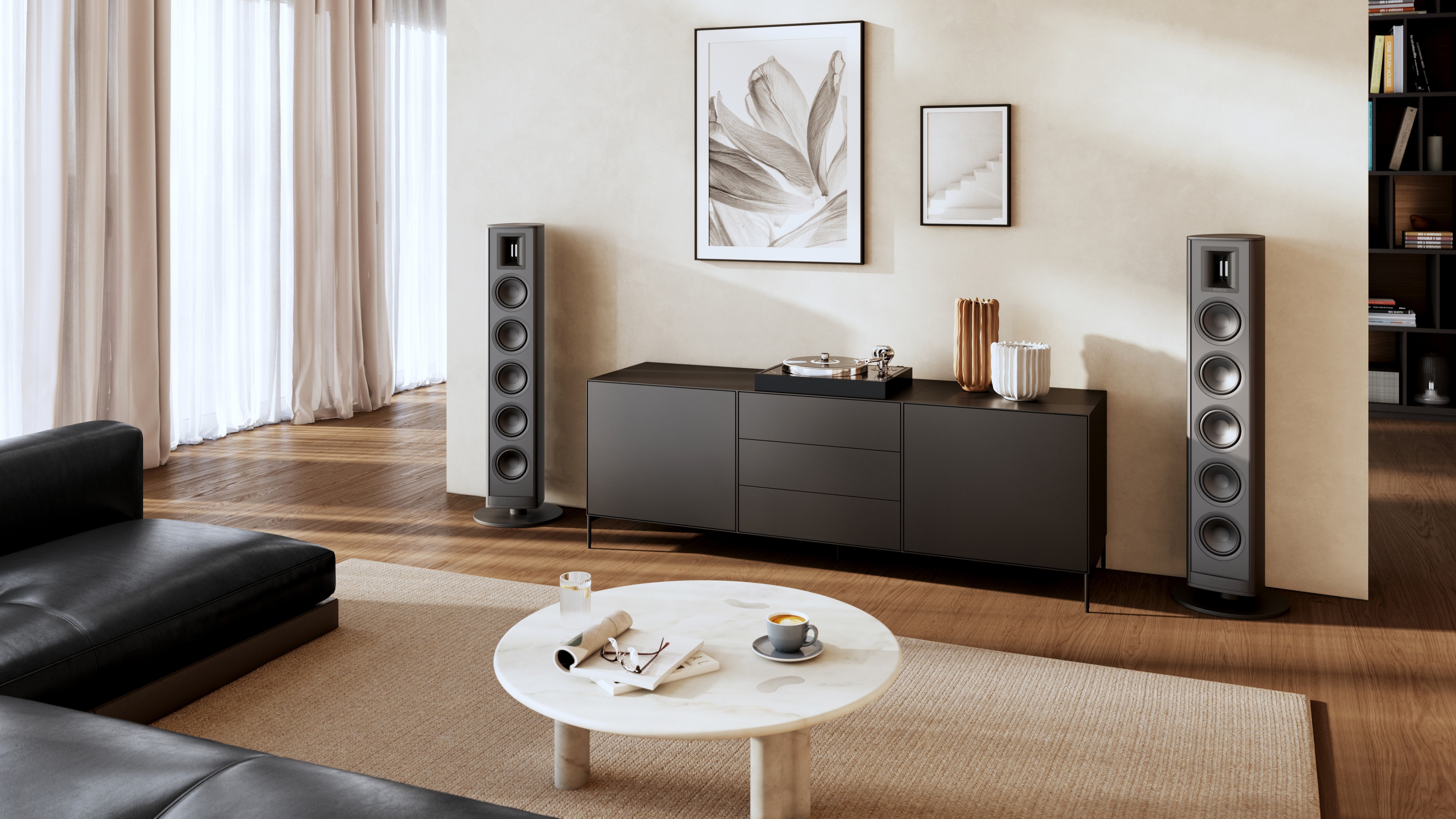Fyne Audio’s Dr. Paul Mills: "We believe speakers should be accurate but also entertaining"
The Scottish speaker brand's technical director talks us through his hi-fi career and the intricacies of speaker design
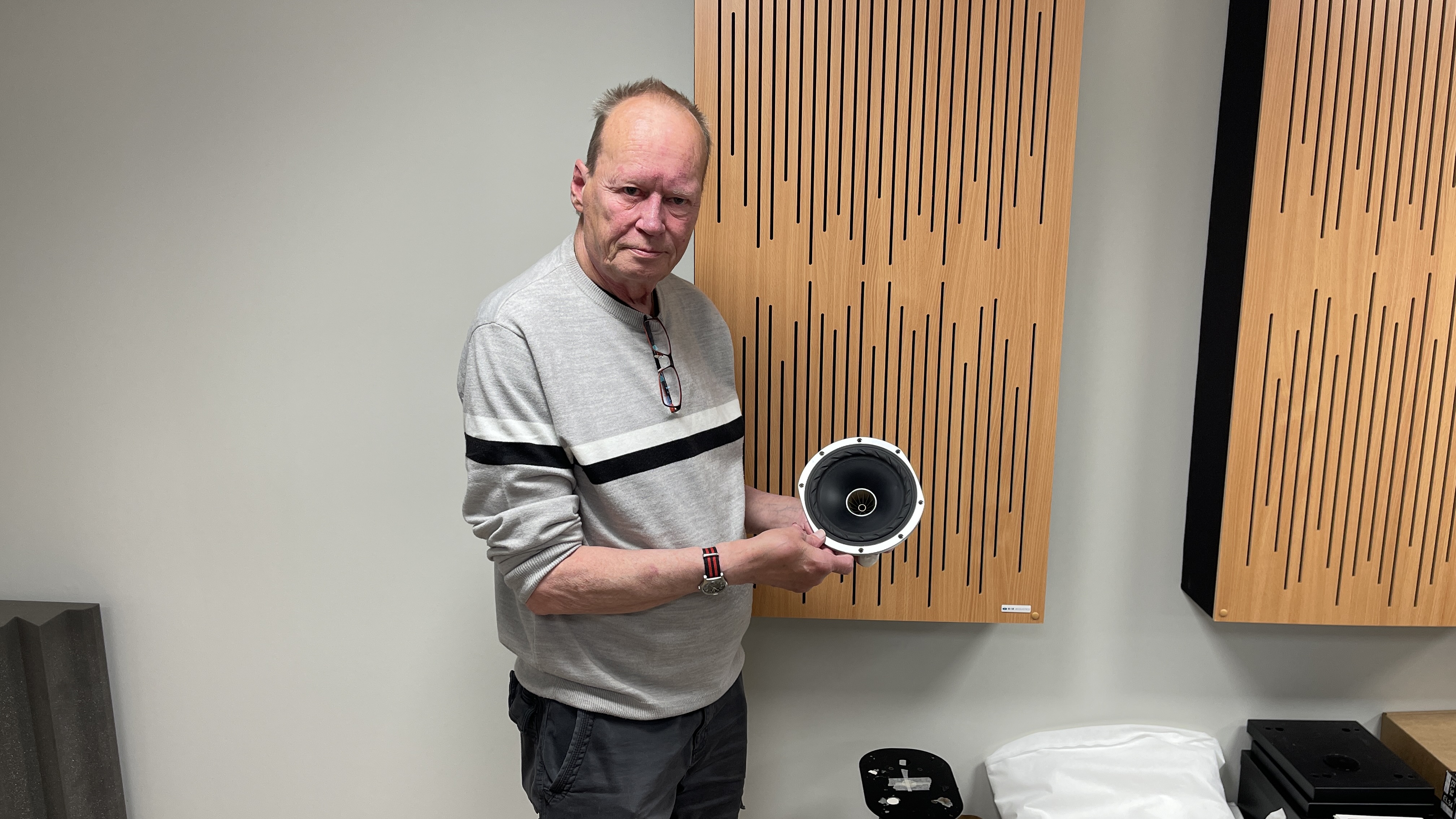
Dr. Paul Mills is the Technical Director for Fyne Audio. He has been the man responsible for the development and engineering of the company’s speakers since it was formed in 2017.
Before that, Dr. Mills performed the same role at Tannoy, where he worked for three decades, designing many of the brand’s iconic models.
We had the chance to catch up with him on our recent visit to Fyne Audio’s new factory, based just outside of Glasgow, Scotland, and took the opportunity to ask him about his career highlights, his reference system and his favourite speakers...
What Hi-Fi?: How did you first get interested in hi-fi?
Dr. Paul Mills: I was interested in music from a young age. In my early teens I got into building amplifiers, which allowed me to put together a music system somewhat better than the one my parents had. My interest in music and hi-fi led me to do a Bachelor of Engineering (BEng) degree.
After I finished that degree, I ended up working in a totally different industry, designing power and control systems. So I got a bit of high-power electronics experience there.
Then I learnt about the Audio Research and Engineering PHD course at Essex University, where Professor Malcolm Hawksford worked. I applied and was accepted. The title of my thesis was 'Active Loudspeaker Systems with Transconductance Amplification'.
The latest hi-fi, home cinema and tech news, reviews, buying advice and deals, direct to your inbox.
I stayed on at Essex after that, teaching electronics for around five years. I then got a couple of opportunities: to join Celestion in Ipswich or Tannoy in Scotland.
I chose Tannoy because I had some of its Dual Concentric drivers – big 12-inch things – which were excellent, and I was kind of hooked on the Dual Concentric idea. But I also chose Tannoy for the quality of life in Scotland compared to that in the south of England. That was around 1989.
What was the first Tannoy product you worked on?
It was the update to the company’s Planet Series – you know, the Mercury, Jupiter and so on. I worked on the aluminium tweeter to replace the previous soft domes. At the same time, I also helped in the final tweaking of the Westminster Royals.
During my 30 years I was responsible for countless Tannoy speakers – and not just residential but also some of the passive and active studio monitors as well.
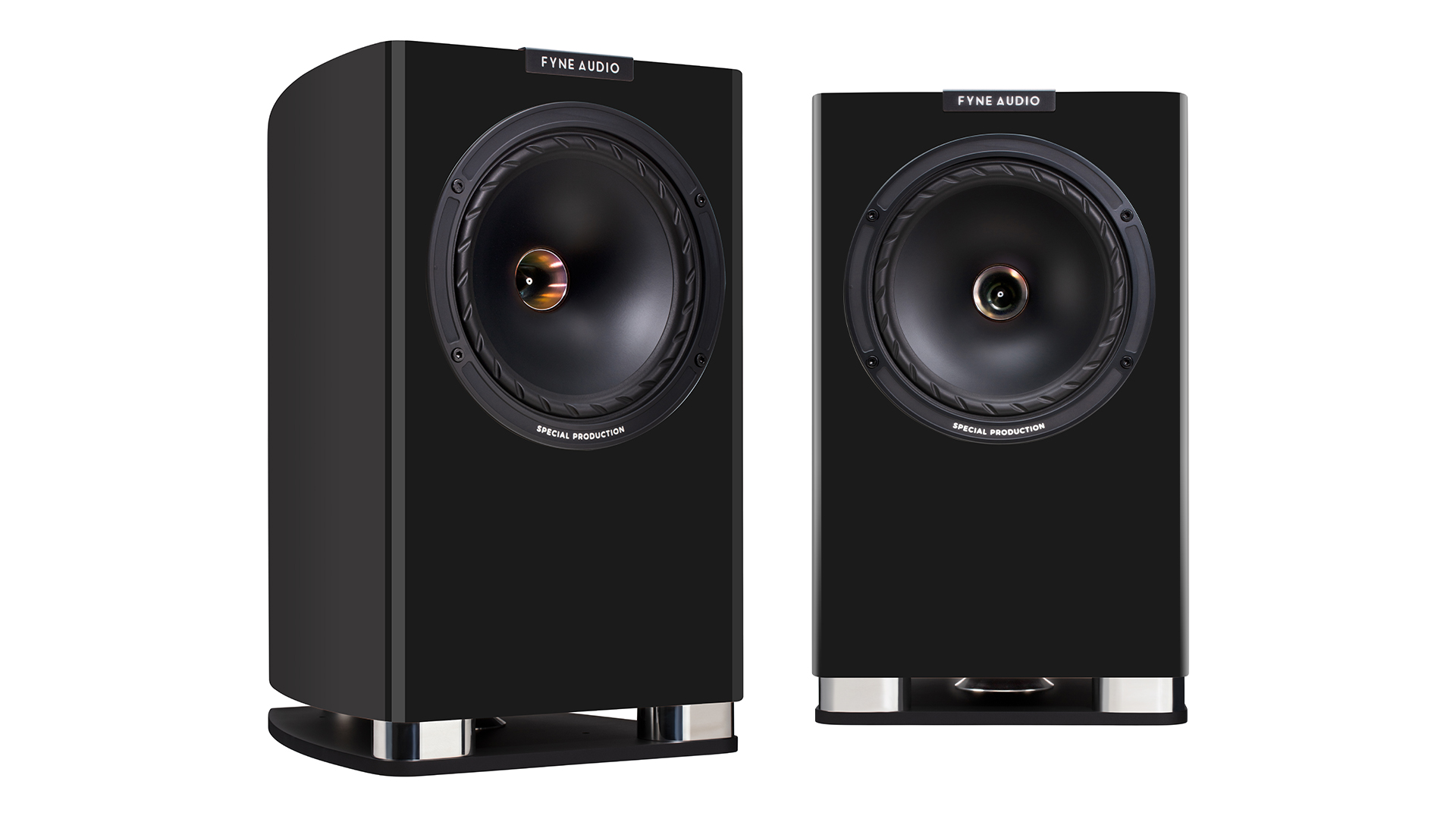
What is Fyne Audio’s engineering philosophy?
In terms of engineering, we are very much committed to the 'point source' principle, where the acoustic centres of both the tweeter and mid/bass are in the same place.
So no matter how much you move off-axis, you've got this perfectly time-aligned source, where everything is still phase coherent. This also leads to a greater tonal accuracy and a wider listening sweet spot.
Compare that to a conventional discrete speaker, where the tweeter and mid/bass units are separate... such a design can only be accurate at one point in space, due to the path lengths from the two transducers, and as you move away from that one point, everything becomes misaligned.
You get errors in the phase response, and this means that you can no longer maintain the harmonic relationship of real instruments. Everything is out of sync.
You also get frequency response errors, which can occur not just in the crossover region but also higher up because of the drive unit misalignment.
We also try to design speakers that are enjoyable to listen to. We believe speakers should be accurate but also entertaining. A lot of speakers aren't fun because somehow the life has been engineered out of them.
Speakers should be able to play any kind of music, from classical to refined acoustic jazz to heavy rock.
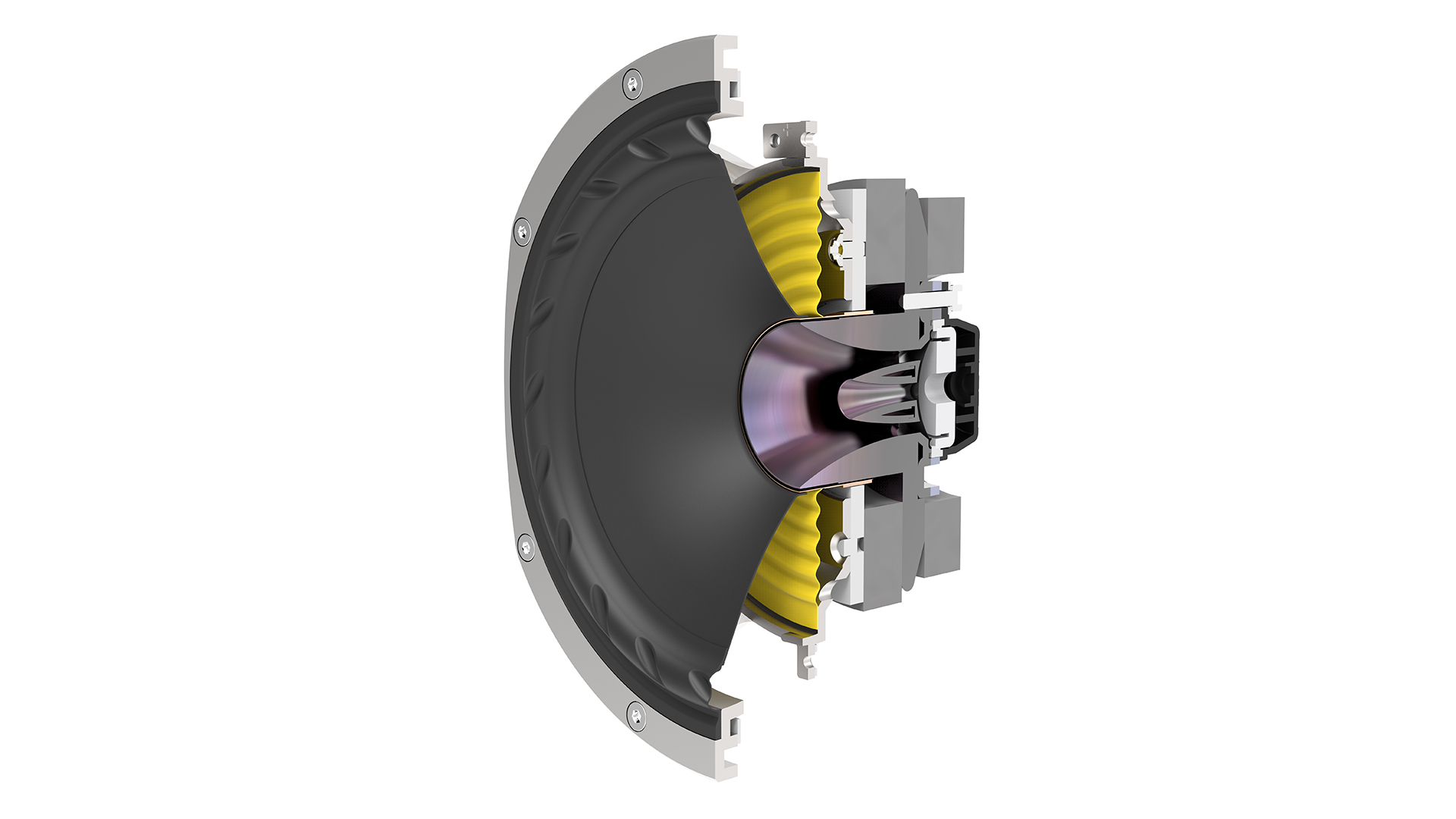
What is the ideal speaker enclosure material?
Birch ply. It’s a slow-growing wood, so it's dense. The material’s less homogeneous nature means that any colourations are spread, rather than concentrated as they are with conventional MDF/HDF cabinets.
The use of metals in cabinets isn’t something that we have explored to any great extent. People use metal cabinets because of the material’s mass and rigidity, and they are trying to engineer colouration out of the speaker.
It’s an expensive technique as you need to use some pretty heavyweight panels so that they don’t ring. Even if the level of resonance is low, the area of the enclosure is still large and will radiate energy. That sound is metallic in nature, as you would expect.
A curved cabinet shape is generally better as it helps break up internal standing waves. These are more difficult to control in a rectangular box. A curved design reduces colouration and provides the opportunity for more visually interesting shapes.
How about drive unit materials?
There are lots of exotic materials. You can use lots of composites of various descriptions but we found that a good old-fashioned paper cone, correctly designed, has a naturalness about it that those other materials don’t beat.
What is your reference system?
We have different reference systems, depending on the price point of the speakers. It would be a bit daft to use a stupidly expensive amplifier and CD player with budget designs, so we use appropriate partnering equipment for the product we are working on.
We have a Rega Aethos amplifier for more affordable things. A lot of our dealers in the UK and throughout Europe are Rega dealers too. At the top end, we tend to use Accuphase.
In our test room, we have Accuphase's 50-watt E700S Class A integrated amplifier and its DP-770 CD player. We share a fair few distributors with Accuphase in the Far East and tend to do shows with them in Hong Kong, China and various other places.
There's a synergy, too, in that Accuphase uses our F1-12S as the reference speakers in its listening room.
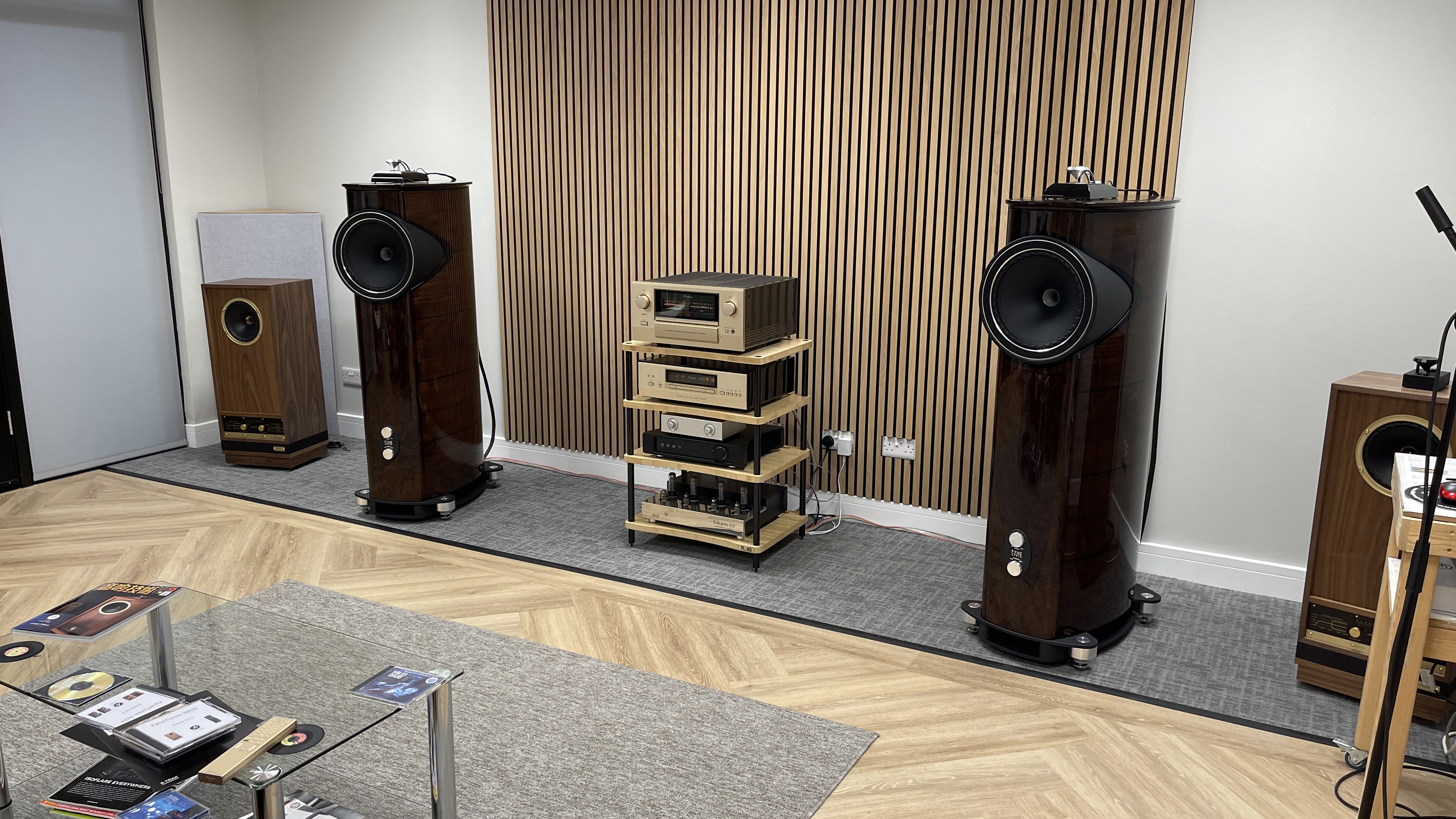
What music do you test with?
Oh, gosh, that's... a difficult one. I like so many genres of music.
Daft Punk’s Random Access Memories is pretty good actually. It's just so well conceived and recorded, but it's hard to pick just one track from it. Liberty by Annette Askvik is a superbly recorded album. Her voice is gorgeous.
Some of the Pat Metheny and Lyle Mays stuff is also very good. A good introduction is the Works compilation album. It's on the ECM record label, and they do some fantastic recordings.
Of the speakers you’ve developed, which is your favourite?
It would have to be the [Fyne Audio] F1-12, I think, because of its breadth of abilities. It's a big speaker and has a very extended low-frequency range.
The cabinet design, being both curved and birch ply, gives it very low colouration. It's our flagship speaker.
But you would have to include our SuperTrax super tweeter, which not only extends the frequency response but, being an omnidirectional device, adds to the phase coherence and improves dispersion.
Everybody needs a super tweeter. When you get used to it, and then it's taken away, you suddenly realise what’s missing.
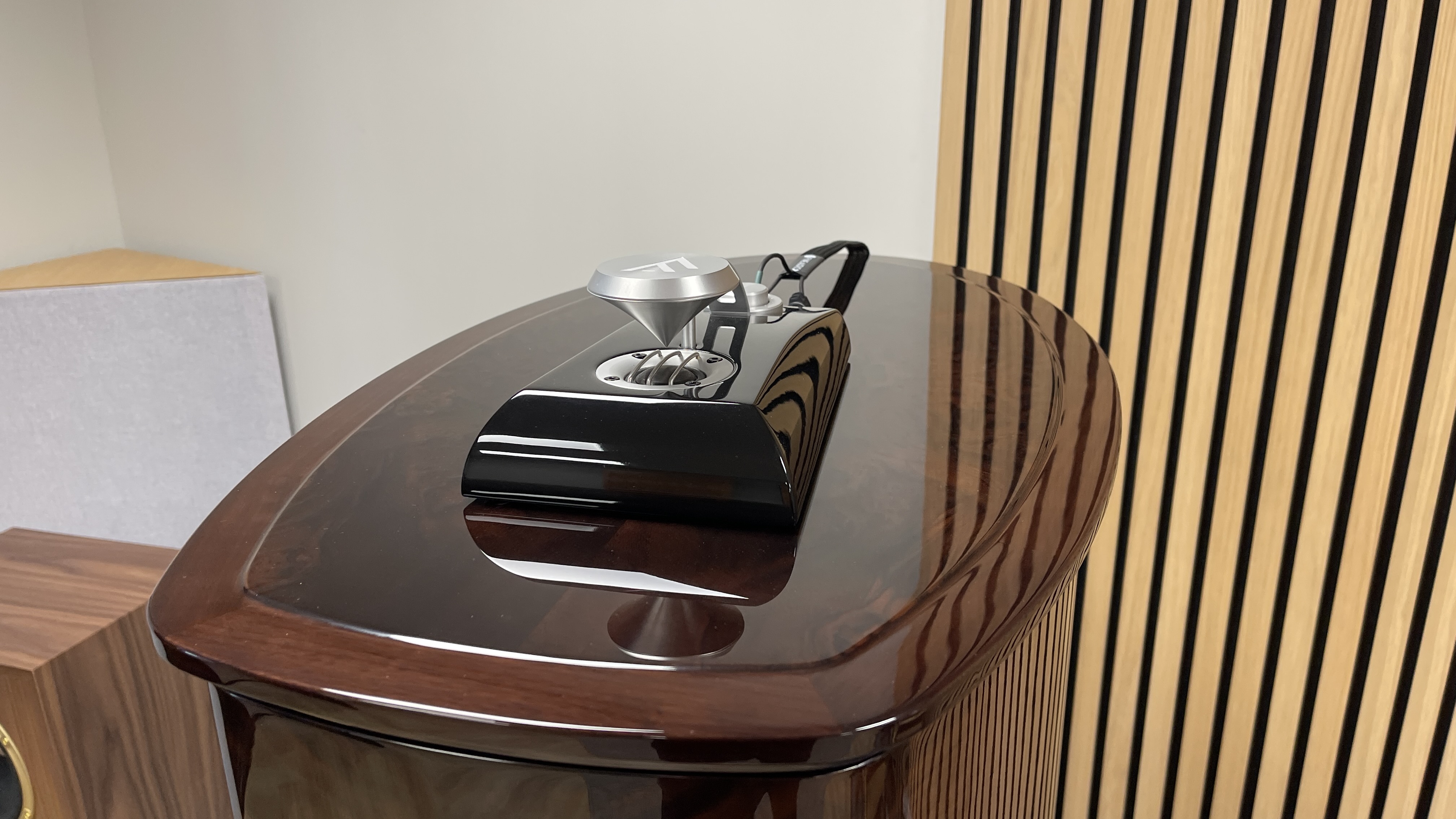
Speaker technology is generally mature. Where do you see scope for advancement?
There are always new materials and manufacturing techniques to be explored. You have to be very careful with materials, as just because something is high-tech, nano-technology or composite, that doesn't necessarily mean it will sound good.
We are all for exploring new technologies in terms of driver cones, tweeter materials and also cabinets. However, there's no point in having something that's ridiculously high-tech if it doesn't produce musically satisfying results. You've thrown the baby out with the bath water.
What kind of speakers do you think we will be listening to in 30 years?
Probably none. Perhaps we will have brain implants to get music directly into the grey matter...
MORE:
Read our expert Fyne Audio reviews
Our editor's guide on the best speakers you can buy
The BBC’s 50-year-old LS3/5A mini monitor shows the uneven progress of modern speaker design

Ketan Bharadia is the Technical Editor of What Hi-Fi? He has been reviewing hi-fi, TV and home cinema equipment for almost three decades and has covered thousands of products over that time. Ketan works across the What Hi-Fi? brand including the website and magazine. His background is based in electronic and mechanical engineering.
You must confirm your public display name before commenting
Please logout and then login again, you will then be prompted to enter your display name.
